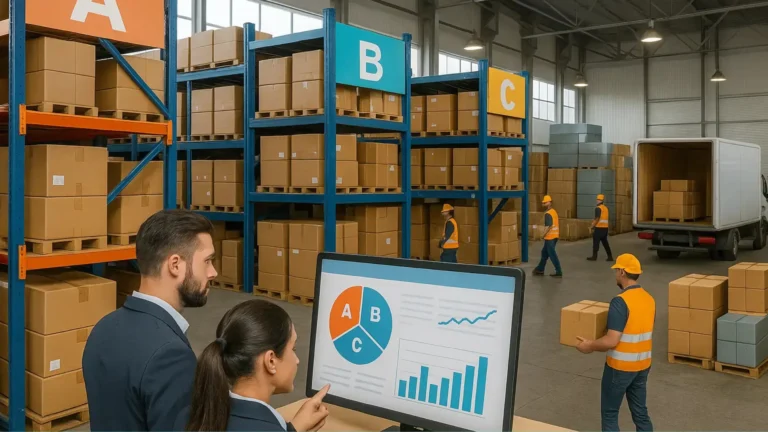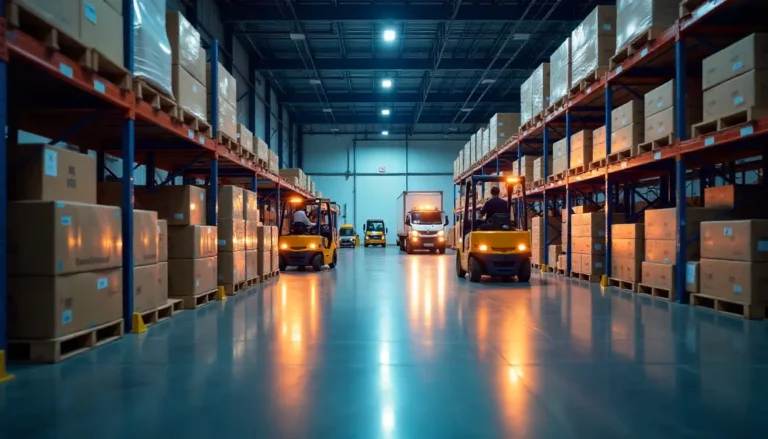
Robotics in Hazardous Work Environments
In numerous industries, workers face significant risks due to exposure to hazardous environments. From nuclear power plants to deep-sea exploration, and from chemical processing facilities to disaster zones, the dangers are real and often life-threatening. This is where robotics steps in, offering a powerful solution to mitigate risks and enhance efficiency in these challenging work settings. The role of robotics in hazardous environments is not just about automation; it’s about safeguarding human lives and pushing the boundaries of what’s possible in extreme conditions.
Robots can be deployed in environments that are too dangerous or inaccessible for humans, performing tasks that would otherwise expose workers to toxic chemicals, radiation, extreme temperatures, or unstable structures. By taking on these hazardous tasks, robots significantly reduce the risk of injury or death to human workers, creating a safer and more sustainable work environment.
Nuclear Facility Maintenance and Decommissioning
Nuclear power plants present a unique set of challenges due to the presence of radioactive materials. Robotics is playing a crucial role in the maintenance and decommissioning of these facilities. Robots equipped with remote manipulators, cameras, and sensors can perform tasks such as inspection, repair, and waste handling, minimizing human radiation exposure.
These robots can access areas that are inaccessible to humans, allowing for thorough inspections and repairs. They can also handle radioactive materials, reducing the risk of contamination and ensuring safe disposal. The use of robotics in nuclear facilities not only enhances safety but also improves efficiency, reducing downtime and maintenance costs.
Deep-Sea Exploration and Underwater Operations
The depths of the ocean hold many mysteries and challenges. Deep-sea exploration and underwater operations often involve working in extreme pressure and cold, with limited visibility. Remotely operated vehicles (ROVs) and autonomous underwater vehicles (AUVs) are essential tools for exploring and working in these environments.
These robots can perform tasks such as pipeline inspection, underwater welding, and salvage operations. They can also collect data on marine life and geological formations, providing valuable insights into the ocean’s ecosystems. The use of robotics in deep-sea exploration not only enhances safety but also expands our understanding of the underwater world.
Chemical Processing and Hazardous Material Handling
Chemical processing facilities often involve working with toxic and corrosive substances. Robots can be deployed to handle these materials, reducing the risk of human exposure. They can perform tasks such as mixing, transferring, and packaging chemicals, ensuring safe and efficient operations.
Furthermore, robots can be used to clean up chemical spills and leaks, minimizing environmental damage and protecting human health. The use of robotics in chemical processing not only enhances safety but also improves productivity and reduces waste.
Disaster Response and Emergency Situations
In the aftermath of natural disasters and man-made catastrophes, robots can play a crucial role in search and rescue operations, damage assessment, and debris removal. Drones can quickly survey affected areas, identifying survivors and assessing the extent of damage.
Ground-based robots can navigate through rubble and collapsed structures, searching for survivors and delivering essential supplies. They can also be used to clear debris and remove hazardous materials, facilitating reconstruction efforts. The use of robotics in disaster response not only enhances safety but also speeds up recovery efforts.
Future Trends and Advancements
The field of robotics is constantly evolving, with new technologies and advancements emerging regularly. We can expect to see even more sophisticated and versatile robots being deployed in hazardous environments in the future. These robots will be equipped with advanced AI, improved sensors, and enhanced dexterity, allowing them to perform even more complex and challenging tasks.
Furthermore, the development of collaborative robots, or cobots, will enable humans and robots to work together in hazardous environments, combining the strengths of both. The future of robotics in hazardous work environments is bright, promising to create safer and more efficient workplaces for all.





